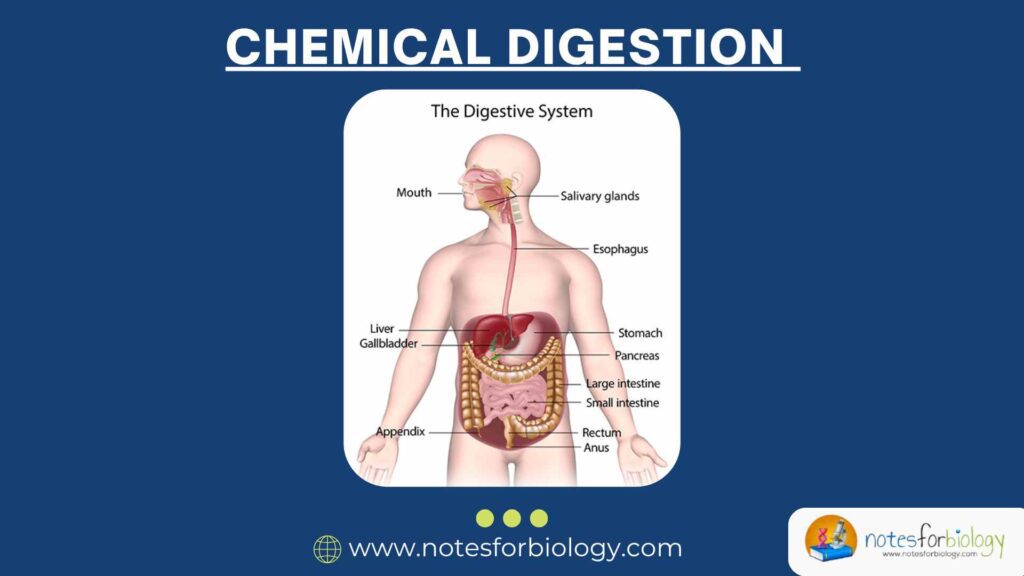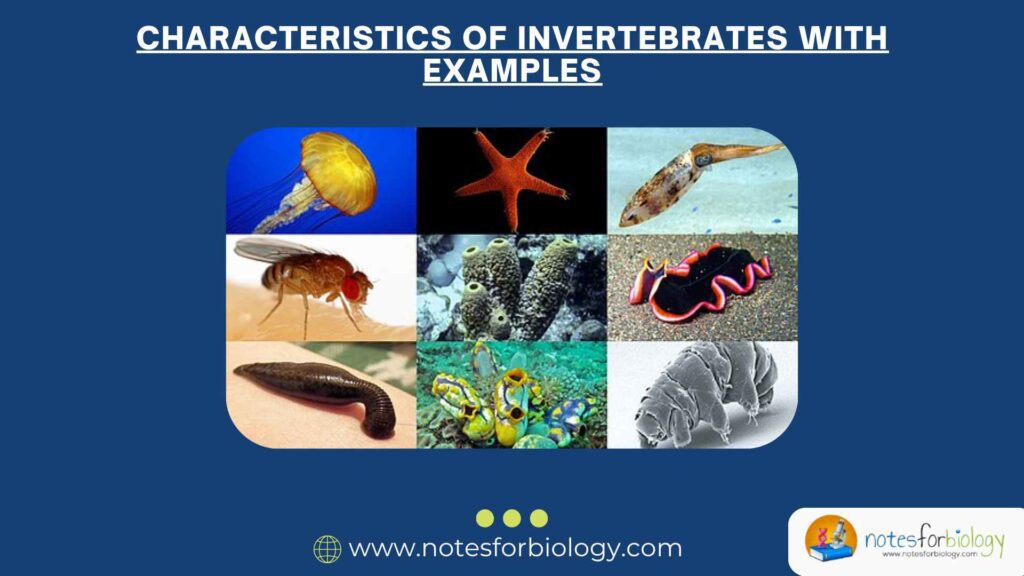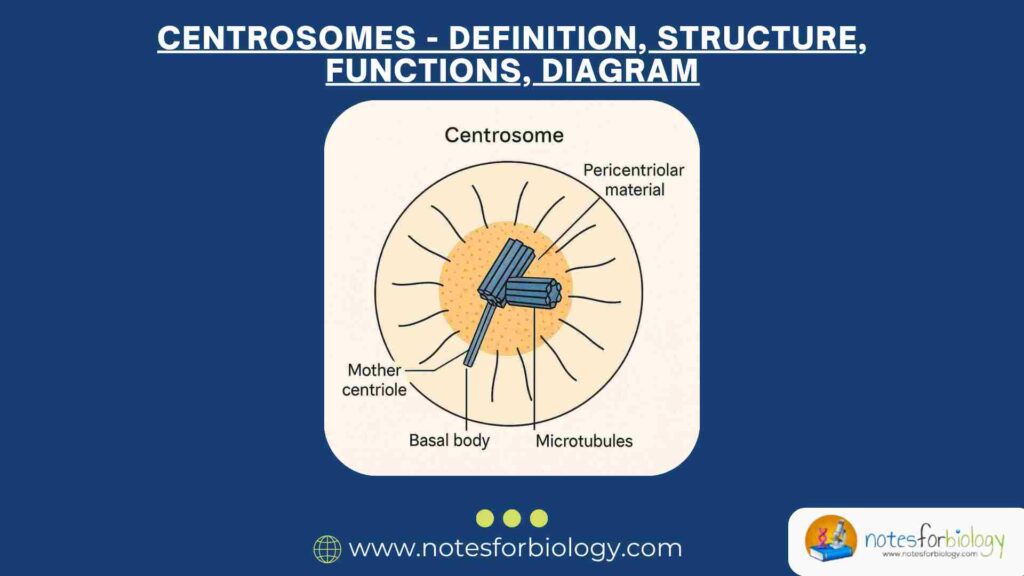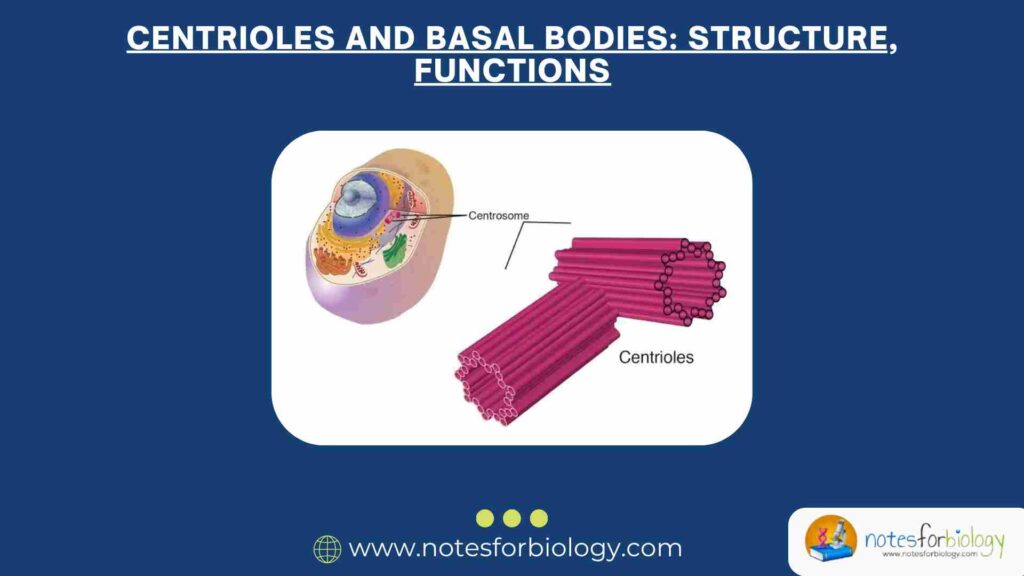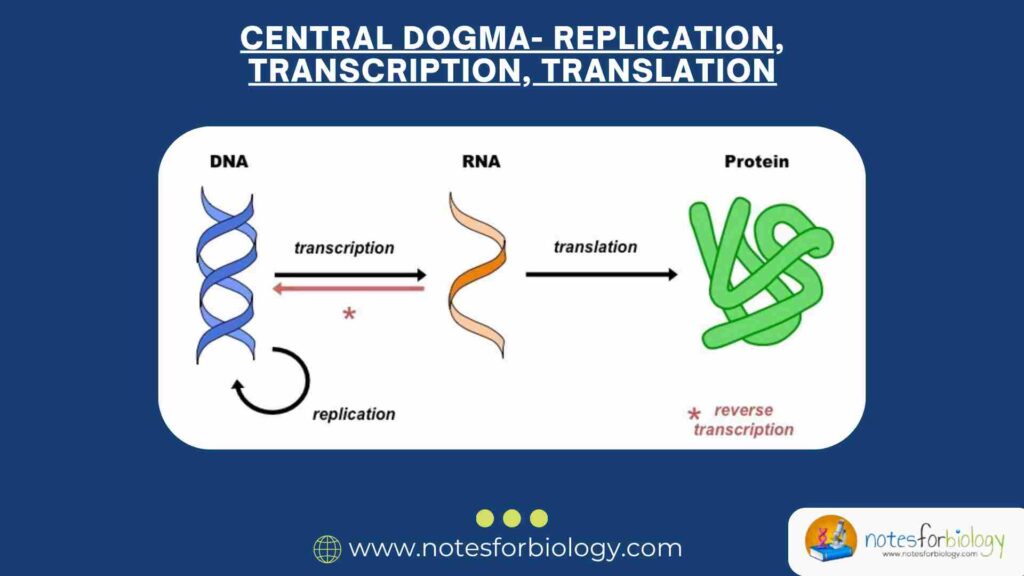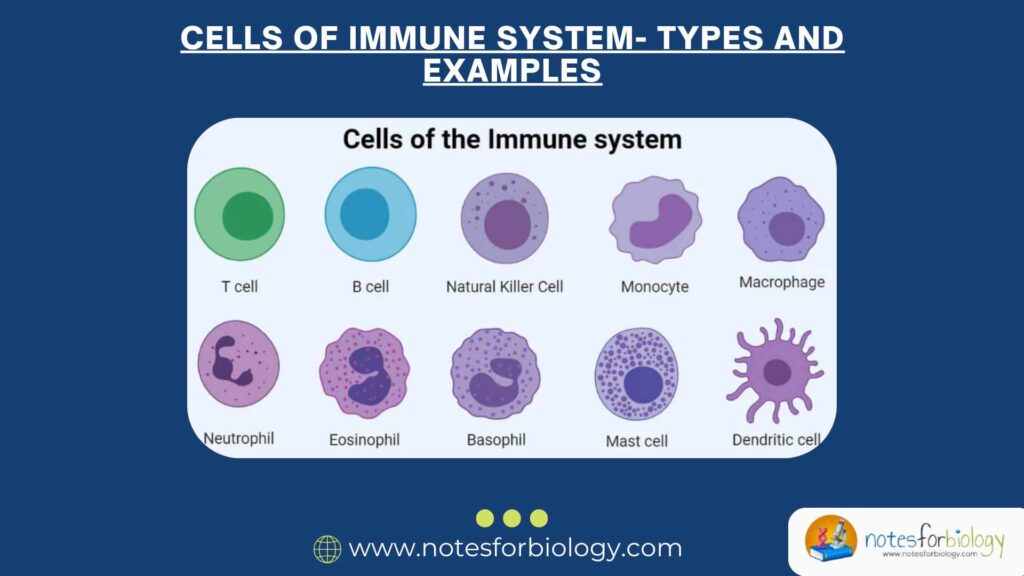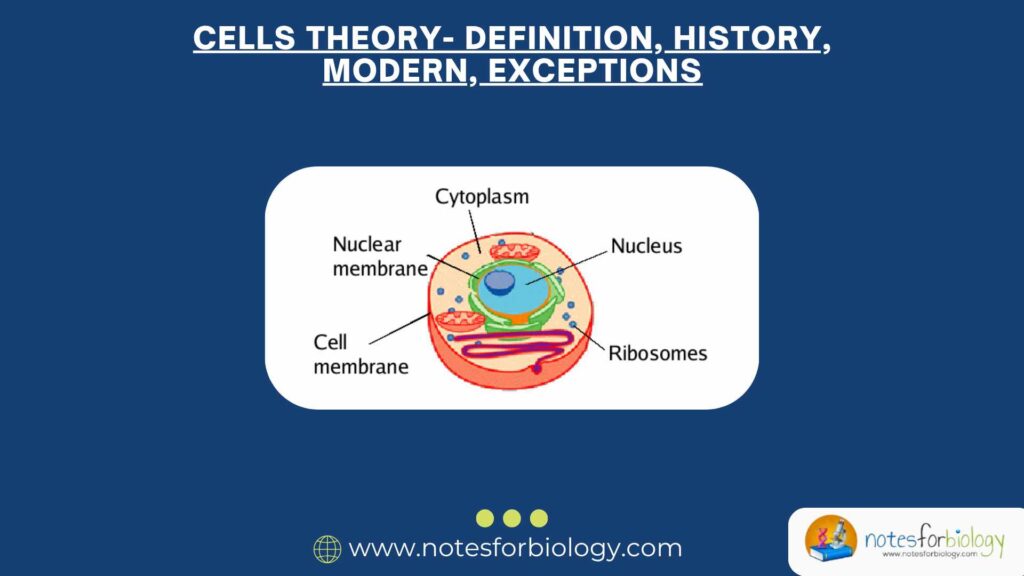Childbirth (Labor Process)- Features, Stages, Mechanism
What is Childbirth? Childbirth, often called labor or delivery, is one of nature’s most extraordinary events – the grand finale of pregnancy that brings a new human being into the world. This remarkable process typically begins when a baby is ready, usually between 37 and 42 weeks of pregnancy, though every mother’s timing is unique. […]
Childbirth (Labor Process)- Features, Stages, Mechanism Read More »



